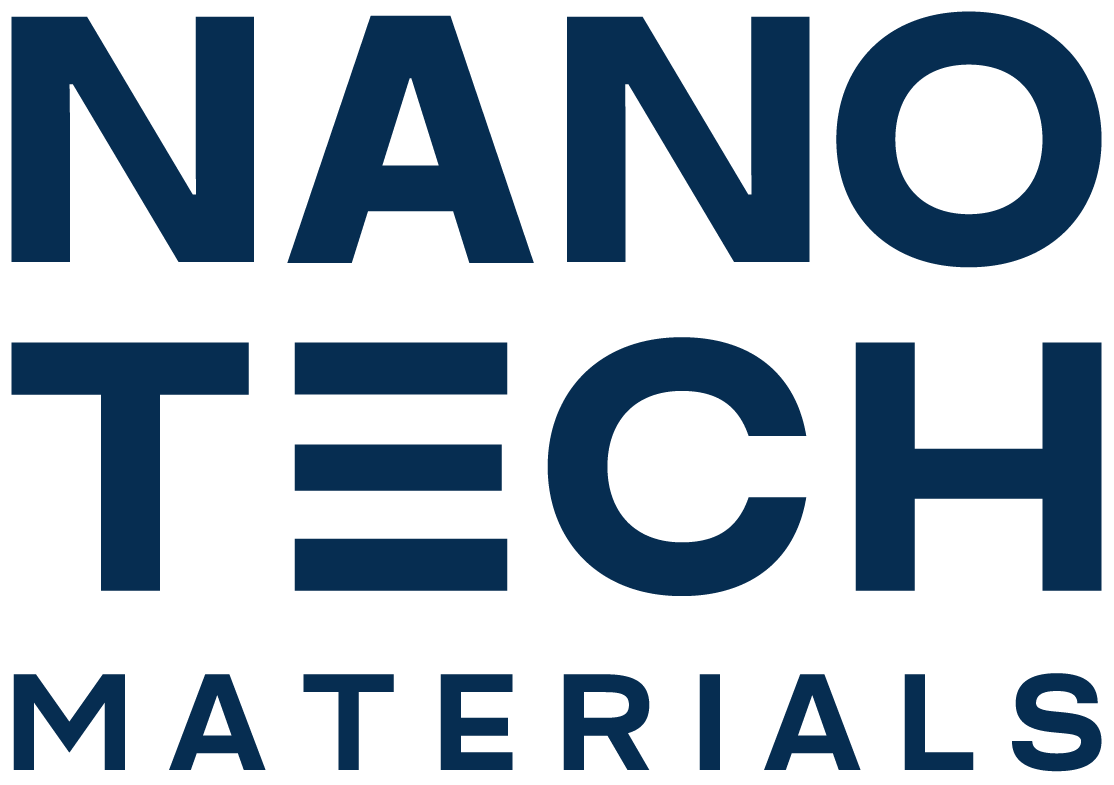In this blog, we explore why the Solar Reflectance Index (SRI) alone may not be sufficient to gauge the performance of cool roofs. We delve into the complexities of cool roof performance, backed by recent research.
Introduction
While the Solar Reflectance Index (SRI) is a common metric for assessing cool roof performance, recent studies suggest it may not encompass all the critical factors. This limitation could lead to an oversimplified understanding of cool roof efficiency.
Evidence
1. Variable Thermal Insulation and Urban Heat Island (UHI) Mitigation: Research by Detommaso et al. (2019) found that cool roofs with slight or no insulation had the lowest surface temperatures, thus significantly mitigating the UHI effect. This indicates that factors other than SRI, like thermal insulation, play a vital role in cool roof performance (Detommaso et al., 2019).
2. Aging and Energy Savings of High SRI Paints: A study by Nutakki et al. (2023) on high SRI paints showed that aging reduced SRI by 36% and 25% for cool roofs and walls, respectively. This suggests that SRI values can degrade over time, impacting the long-term energy savings and performance of cool roofs (Nutakki et al., 2023).
3. Impact of Morphological Characteristics on Aging: Alchapar and Correa (2016) highlighted that the morphological characteristics of roof coatings, such as color, composition, and finish, significantly impact their thermal performance over time, thus affecting the SRI (Alchapar & Correa, 2016).
4. Natural Soiling and Weathering Effects: Shi et al. (2019) reported that chemical-physical degradation and biological growth could decrease the solar reflectance of cool roofs, thereby impacting their energy-saving potential (Shi et al., 2019).
5. Effectiveness in Various Climates and Building Configurations: A study by Piselli et al. (2017) emphasized that the effectiveness of cool roofs varies with climate conditions, building typologies, and HVAC systems. This indicates that SRI alone cannot determine the optimum roof configuration for all scenarios (Piselli et al., 2017).
Understanding Solar Reflective Index (SRI) SRI combines solar reflectance and thermal emittance to provide a single value indicating a material’s ability to reflect solar heat. It’s a common standard in rating cool roofs but does not consider thermal conductivity, which plays a crucial role in a material’s overall thermal performance.
Limitations of SRI in Cool Roof Performance While SRI is a valuable tool, it can be insufficient in predicting the true energy efficiency of roofing materials. SRI values primarily focus on reflectivity and emissivity, potentially overlooking how the material conducts heat. This gap can lead to an incomplete assessment of a roof’s overall performance in energy conservation.
The Role of Thermal Conductivity in Cool Roofing Thermal conductivity measures how well a material can transfer heat. In cool roofing, low thermal conductivity is beneficial as it reduces heat transfer into the building, enhancing energy efficiency. This aspect is particularly crucial in maintaining indoor thermal comfort and reducing energy costs, especially in regions with significant temperature variations.
Integrating SRI with Other Thermal Properties For a more accurate assessment of cool roof performance, SRI should be considered alongside thermal conductivity. This integrated approach can offer a more holistic understanding of how roofing materials perform in real-world conditions, considering both the rejection of solar heat and the prevention of heat transfer.
Case Studies and Real-World Applications Case studies, such as those evaluating cool roofs in various climatic conditions, demonstrate that SRI alone may not be a reliable indicator of performance. In some scenarios, materials with favorable SRI values may still transfer heat into buildings if they have high thermal conductivity, undermining their effectiveness.
Future Directions in Cool Roofing Technology Future research in cool roofing technology aims to develop materials and standards that consider a broader range of thermal properties, including thermal conductivity. Advancements in materials science could lead to new roofing solutions that excel in both high solar reflectance and low thermal conductivity, paving the way for more efficient and effective cool roofs.
Conclusion While SRI is a valuable metric in evaluating cool roofs, it does not provide the complete picture. A comprehensive assessment of cool roof performance must include an analysis of thermal conductivity and other thermal properties to ensure accurate and effective energy efficiency predictions.
1. Singh, H. K., et al. (2011). “Passive Solar Building Design”. Read More.
2. Rabah, J. (2005). “A Conceptual Review of the Potential of Cool Roofs as an Effective Passive Solar Technique”. Read More.
3. Al-Obaidi, K. M., et al. (2014). “Passive Techniques in Building Design”. Read More
4.Kamal, M. A. (2012). “Cool Roofs in Building Design”. Read More.
5. Rawat, M., & Singh, H. K. (2021). “Cool Roof Technology”. Read More.




